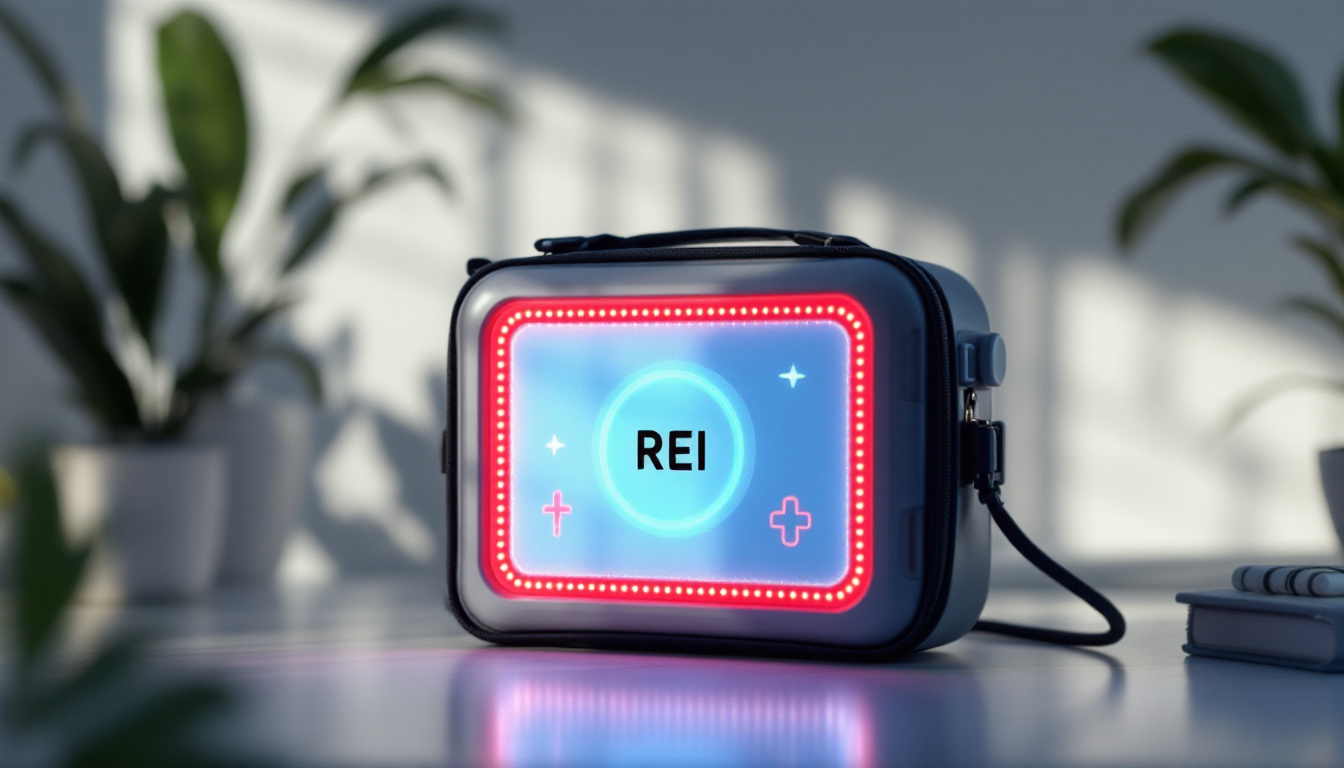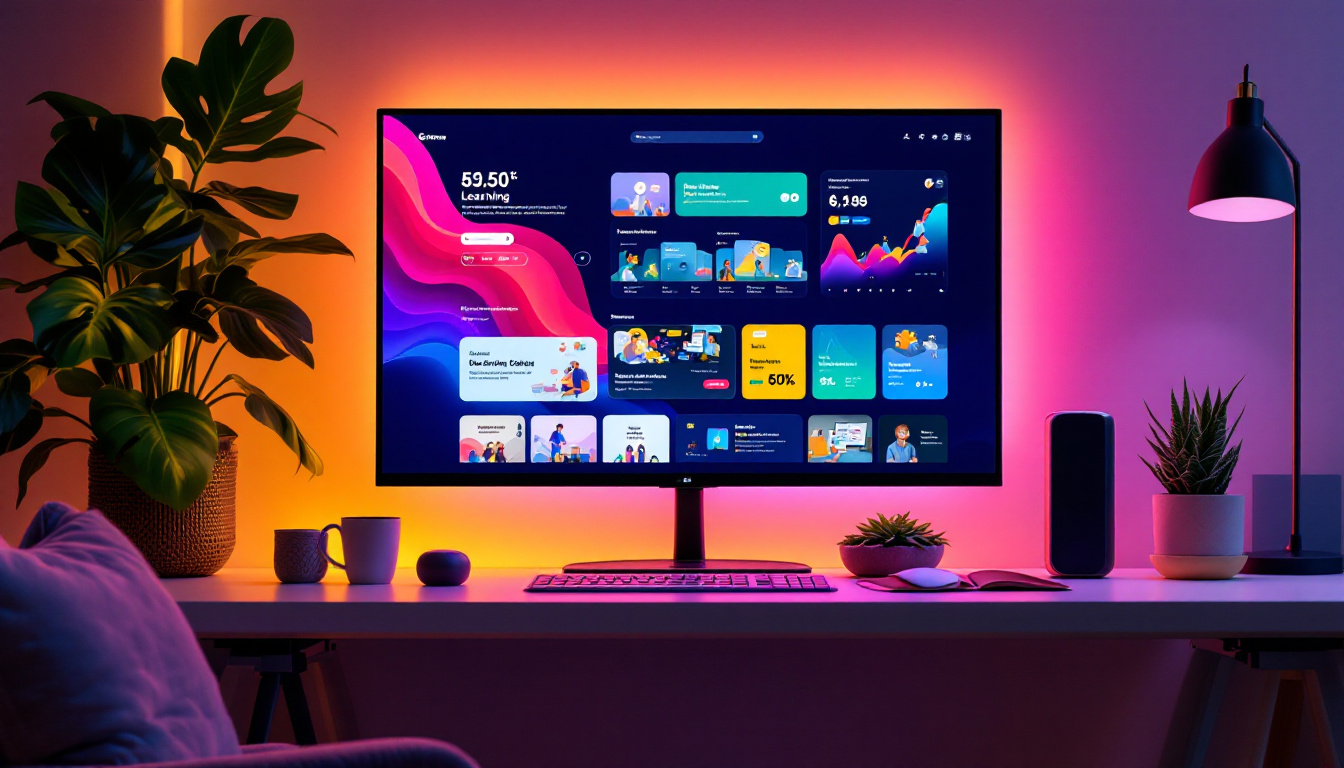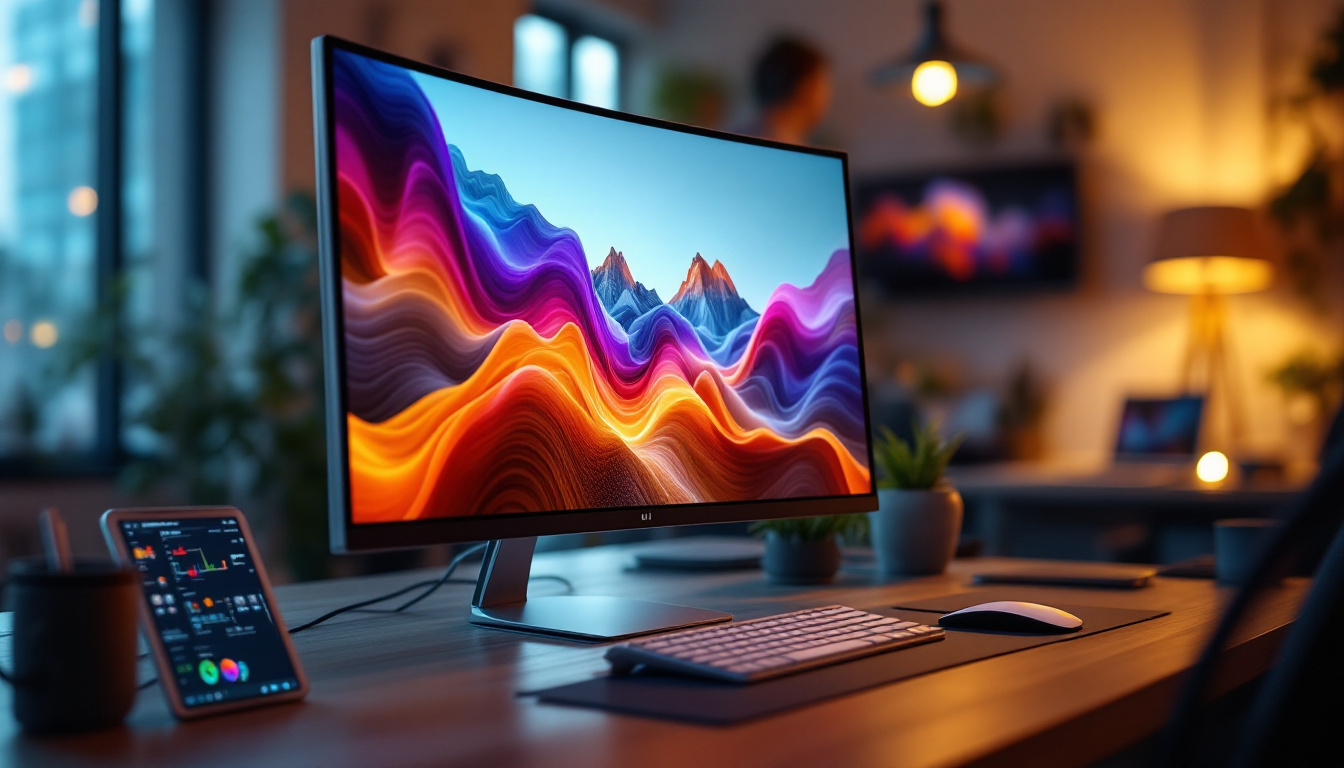In the age of digital technology, calculators have evolved significantly from their basic forms. One of the most notable advancements is the incorporation of touch screens and LED displays. This article delves into the mechanics and benefits of touch screen calculators with LED displays, providing a comprehensive understanding of how they function and their impact on usability.
The Evolution of Calculators
Calculators have come a long way since their inception. Initially, they were simple mechanical devices designed to perform basic arithmetic operations. As technology progressed, electronic calculators emerged, bringing with them a new realm of possibilities. The introduction of touch screens and LED displays marked a pivotal moment in this evolution, enhancing both functionality and user experience.
From Mechanical to Digital
The transition from mechanical to digital calculators was driven by the need for speed and accuracy. Early calculators required manual input through levers and gears, which could be cumbersome and prone to error. With the advent of electronic components, calculations became instantaneous, paving the way for more complex functions.
Digital calculators began to incorporate LCD displays, which allowed for clearer visibility of numbers and operations. However, the limitations of LCD technology soon became apparent, leading to the exploration of LED displays, which offered superior brightness and contrast. Furthermore, the miniaturization of components allowed for the development of pocket-sized calculators, making them portable and convenient for everyday use. This shift not only changed how calculations were performed but also democratized access to mathematical tools, enabling students and professionals alike to carry powerful computing capabilities in their pockets.
The Role of Touch Screens
Touch screen technology revolutionized the way users interact with calculators. Instead of relying on physical buttons, users can now input data through a simple touch interface. This not only streamlines the calculation process but also makes it more intuitive, especially for younger generations accustomed to smartphones and tablets.
Touch screens can also support multi-touch gestures, allowing users to perform complex operations with ease. This flexibility enhances the overall user experience, making calculators more accessible and user-friendly. In addition to basic arithmetic, modern calculators now offer advanced features such as graphing capabilities, programming functions, and even integration with educational software. This evolution has transformed calculators from mere computational tools into comprehensive learning aids, fostering a deeper understanding of mathematical concepts and encouraging exploration beyond traditional classroom settings. As technology continues to advance, the potential for calculators to integrate with other digital platforms, such as cloud computing and artificial intelligence, promises to further enhance their functionality and relevance in an increasingly digital world.
Understanding LED Displays
LED (Light Emitting Diode) displays have become the standard for modern calculators, offering several advantages over traditional LCD screens. Understanding how LED displays work and their benefits can provide insight into why they are preferred in touch screen calculators.
How LED Displays Work
LED displays function by passing an electric current through semiconductor materials, which emit light when energized. This process allows for vibrant colors and high brightness levels, resulting in clear visibility in various lighting conditions. Unlike LCDs, which rely on backlighting, LED displays emit their own light, making them more efficient and effective in bright environments.
The technology behind LED displays also allows for faster response times, which is crucial for touch screen applications. Users can expect immediate feedback when interacting with the display, enhancing the overall experience. The rapid refresh rates of LED technology contribute to smoother animations and transitions, making it easier for users to navigate through complex calculations or graphical data without any noticeable lag.
Advantages of LED Displays
One of the primary advantages of LED displays is their energy efficiency. They consume less power compared to traditional LCD screens, which is particularly beneficial for battery-operated devices like calculators. This efficiency extends the lifespan of the calculator, reducing the need for frequent battery replacements. Furthermore, the reduced energy consumption aligns with growing environmental concerns, making LED displays a more sustainable choice for consumers.
Additionally, LED displays offer superior contrast and color accuracy, making it easier for users to read numbers and symbols. This clarity is especially important in educational settings, where students may rely on calculators for extended periods. The durability of LED technology also means that these displays are less susceptible to damage from impacts or environmental factors, ensuring that they maintain their performance over time. This resilience is particularly advantageous for students who may carry their calculators in backpacks or use them in various settings, from classrooms to outdoor environments.
Benefits of Touch Screen Calculators
Touch screen calculators equipped with LED displays provide a range of benefits that enhance their usability and functionality. These advantages make them an ideal choice for students, professionals, and anyone in need of precise calculations.
Enhanced User Experience
The intuitive nature of touch screens allows users to interact with calculators in a more natural way. Instead of memorizing button layouts or struggling with small keys, users can simply tap on the screen to input data. This ease of use is particularly beneficial for younger users or those with limited dexterity.
Moreover, touch screens can accommodate larger displays, allowing for more information to be presented at once. This feature is particularly useful for complex calculations that require multiple steps, as users can view all relevant data simultaneously.
Customizable Interfaces
Touch screen calculators often come with customizable interfaces, allowing users to personalize their experience. This can include changing themes, rearranging buttons, or adding frequently used functions to the home screen. Such flexibility caters to individual preferences and enhances productivity.
Customizable interfaces also enable educational institutions to tailor calculators for specific subjects or courses, ensuring that students have access to the tools they need for their studies.
Applications of Touch Screen Calculators
Touch screen calculators with LED displays are not limited to academic use; they have found applications in various fields, including finance, engineering, and science. Their versatility makes them valuable tools across different industries.
In Education
In educational settings, touch screen calculators are increasingly being integrated into classrooms. Their user-friendly design helps students grasp mathematical concepts more effectively. Interactive features, such as graphing capabilities and programmable functions, allow students to explore advanced topics in a hands-on manner.
Furthermore, educators can utilize these calculators to create engaging lessons that incorporate technology, fostering a more dynamic learning environment. This approach not only enhances student engagement but also prepares them for a tech-driven world.
In Professional Settings
Professionals in fields such as finance and engineering benefit greatly from the advanced features of touch screen calculators. These devices can perform complex calculations, analyze data, and even generate graphs, making them indispensable tools for decision-making and problem-solving.
For instance, financial analysts can use touch screen calculators to model various scenarios, while engineers can conduct simulations and calculations on the go. The portability and functionality of these devices make them ideal for professionals who require precision and efficiency in their work.
Challenges and Considerations
While touch screen calculators with LED displays offer numerous advantages, they also come with challenges that users should consider. Understanding these limitations can help users make informed decisions when selecting a calculator.
Durability Concerns
Touch screens are generally more susceptible to damage compared to traditional button-based calculators. Scratches, cracks, and other physical damage can impair functionality and readability. Users should take care to protect their devices, especially in environments where they may be exposed to rough handling.
Additionally, the glass surface of touch screens can be prone to smudges and fingerprints, which can hinder visibility. Regular cleaning and maintenance are essential to ensure optimal performance.
Battery Life and Performance
Although LED displays are energy-efficient, touch screen calculators may still experience reduced battery life compared to their non-touch counterparts. The constant interaction with the screen can drain the battery more quickly, necessitating frequent recharging or battery replacement.
Users should consider their usage patterns and choose calculators with long battery life or those that offer energy-saving features, such as automatic shut-off when not in use.
The Future of Touch Screen Calculators
The future of touch screen calculators with LED displays looks promising, with ongoing advancements in technology. As manufacturers continue to innovate, users can expect even more features and improvements that enhance functionality and usability.
Integration with Other Technologies
One of the key trends in the future of calculators is the integration with other technologies, such as cloud computing and artificial intelligence. This integration could allow calculators to access vast databases of information, perform complex calculations in real-time, and even provide personalized recommendations based on user behavior.
Such advancements could revolutionize how calculators are used in educational and professional settings, making them even more powerful tools for learning and decision-making.
Increased Accessibility
As technology continues to evolve, there is a growing emphasis on accessibility. Future touch screen calculators may incorporate features that cater to users with disabilities, such as voice recognition and haptic feedback. This inclusivity will ensure that everyone can benefit from the advancements in calculator technology.
Moreover, as prices for technology decrease, touch screen calculators with LED displays are likely to become more affordable, making them accessible to a broader audience.
Conclusion
Touch screen calculators with LED displays represent a significant advancement in the world of digital calculation. Their intuitive interfaces, enhanced visibility, and versatile applications make them invaluable tools for students and professionals alike. While challenges exist, the benefits far outweigh the drawbacks, making these devices a worthwhile investment.
As technology continues to evolve, the future of touch screen calculators looks bright. With ongoing innovations and a focus on accessibility, these devices will undoubtedly play a crucial role in shaping how calculations are performed in various fields. Embracing this technology can lead to greater efficiency, accuracy, and ultimately, a more productive experience for users everywhere.
Discover LumenMatrix’s Innovative LED Solutions
As you embrace the future of digital calculation with touch screen calculators, consider the transformative power of LED display technology in other aspects of your life. LumenMatrix, a pioneer in LED display innovation, offers a wide array of solutions that can elevate your brand’s presence and create immersive visual experiences. From Indoor and Outdoor LED Wall Displays to specialized options like Vehicle and Sports Displays, LumenMatrix tailors to every need. Experience the difference in clarity and engagement with our LED Transparent Displays and more. Check out LumenMatrix LED Display Solutions today and step into a world where visual communication is redefined.































